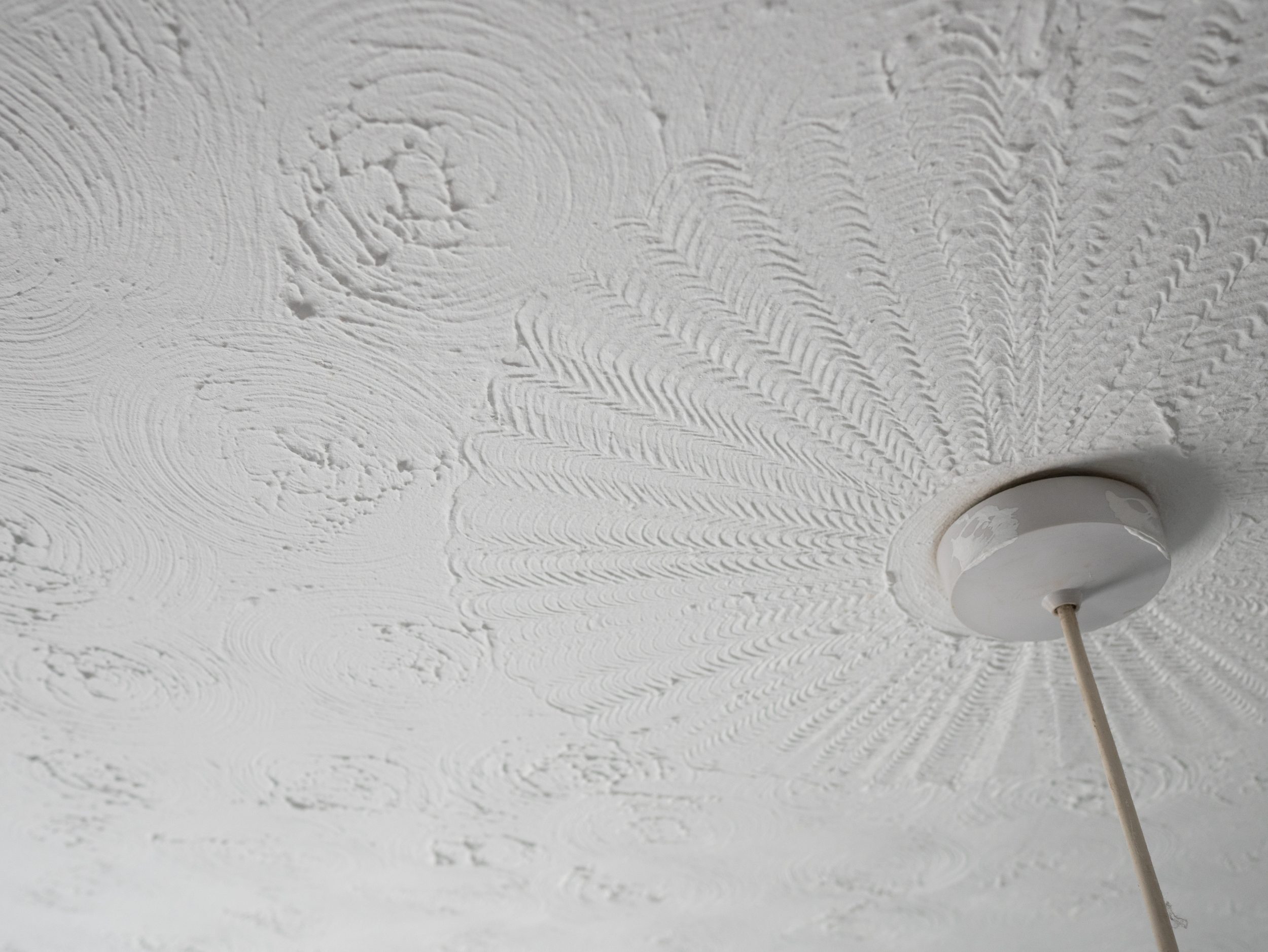Asbestos: a barrier to mains powered alarms

In East Anglia, the age of properties causes numerous issues surrounding the presence of asbestos.
The asbestos is either within the fabric of the building or used in the Artex. Asbestos was commonly used in Artex up until the early 2000’s, when it was then banned due to health concerns.
Even though asbestos is no longer used in Artex, there are still a number of health and safety concerns around painting over Artex as it could contain asbestos fibres. Therefore, it is also important to assess the risks before painting over any Artex.
Due to the range of risks associated with working with asbestos, and the lack of contractors qualified to work with it, housing providers across East Anglia and the rest of the UK, are turning to installing battery powered (F1) alarms in place of mains powered (D1 & D2) alarms.
BS5839-6 recommends the use of a D1 or D2 system which is defined as one or more mains powered detectors, each with a tamper-proof standby battery supply. In contrast, an F1 system is one or more battery powered detectors powered by a tamper-proof primary battery.
The significant issue with an F1 system is the lack of secondary power supply, meaning that there would be no failsafe or notification of a failure. Hardwired alarms are connected to a consistent power supply, therefore are significantly more dependable than battery-operated Fire Alarms. Working Fire Alarms double the chance of escape from a home fire (source: nationalsafetyinspections.co.uk).
One of the common obstacles regarding mains powered alarms would be interconnectivity of the alarms. The needing for physical cables between alarms can be a major job if Asbestos is present. One method to overcome this is with Radio Frequency interconnectivity, which only requires power from a local lighting circuit, massively reducing the inconvenience and upheaval associated with tricky wiring runs.
It is therefore important to recognise that the switch to F1 should only be used as a temporary measure, until the property can be properly assessed and upgraded to D1 or D2, as recommended by the British Standard.
Resident safety is paramount, and we should never take a backwards step when it comes to home life safety.
Visit here to understand more about standards, regulations and legislation.






